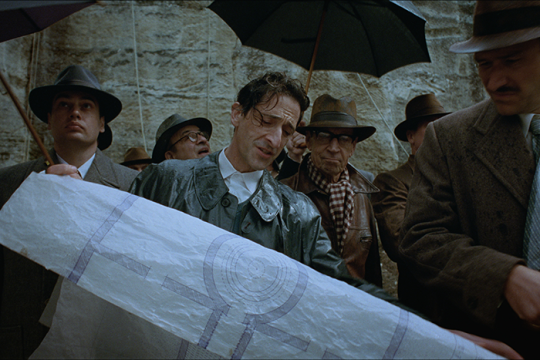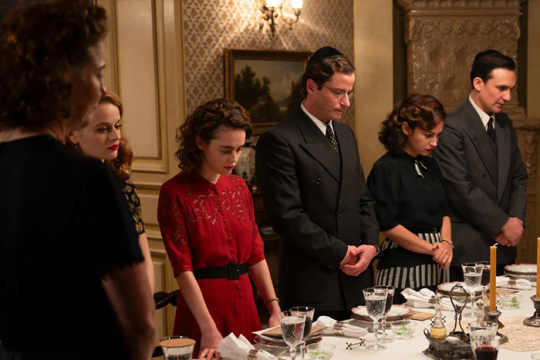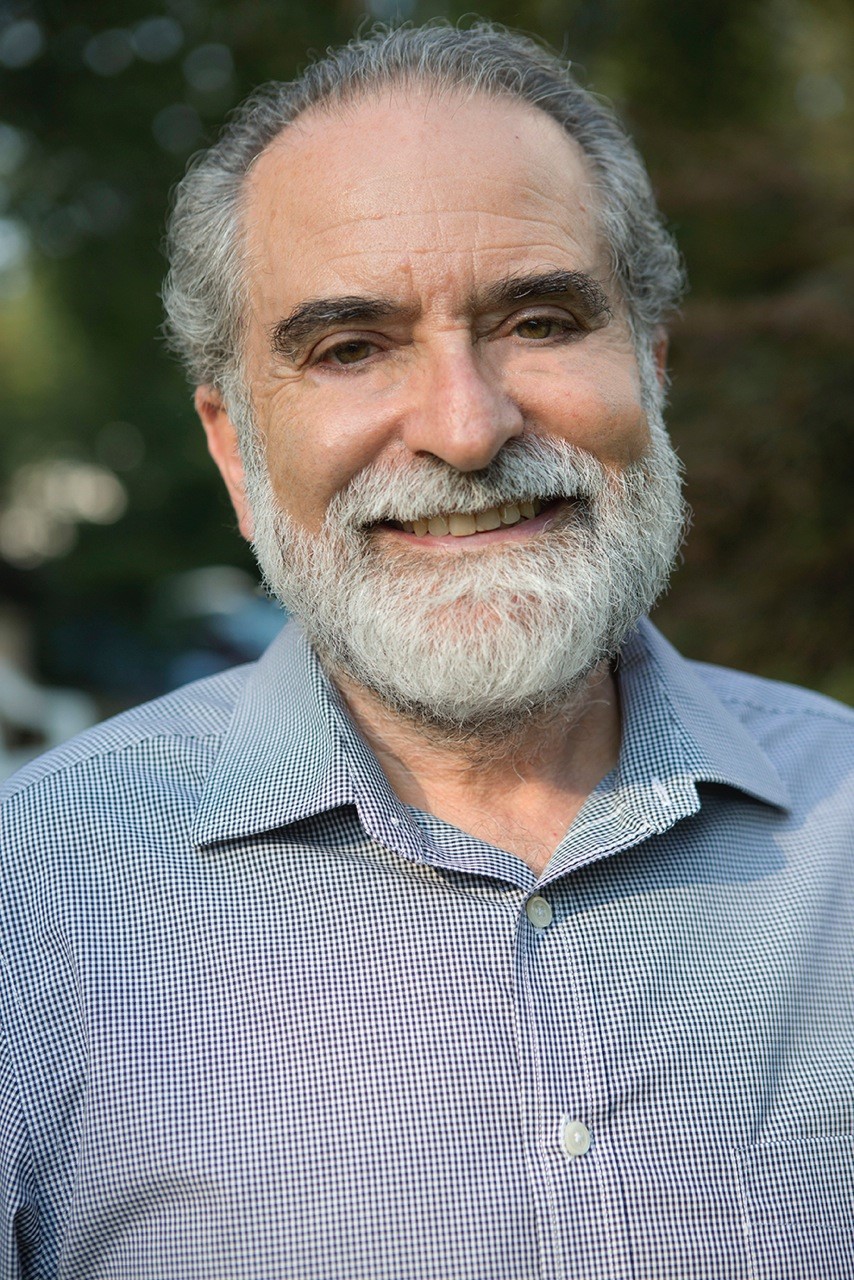
This evening, the Smithsonian Channel will premiere “The Day Hitler Died,” a riveting documentary based on recently discovered taped interviews of members of Adolf Hitler’s inner circle trapped inside his bunker beneath Berlin as the Red Army besieged the city in April of 1945.
Michael Musmanno, a U.S. Navy lawyer and Nuremberg trial judge, gathered the eyewitness testimony three years after Germany’s surrender to dispel the rumor, orchestrated by Soviet dictator Josef Stalin, that Hitler had escaped the bunker and was still alive. In fact, Hitler was not officially declared dead by a German court until 1956.
The Musmanno interviews were never shown publicly, as people wanted to forget the war. The material, rejected by Hollywood studios, was unseen for nearly 70 years – until discovered in an archive at Pittsburgh’s Duquesne University in 2013.
These black and white tapes form the centerpiece of the Smithsonian documentary and are augmented seamlessly with archival war footage and re-enactments.
The principal eye-witnesses – the Fuhrer’s secretary Frau Traudl Junge, housekeeper Anni Winter, press attaché Heinz Lorenz, and Major Baron von Loringhoven – describe Hitler as delusional, paranoid, and frail. Frau Junge tells us that he relied on “medicines, drugs, and injections” and “during his last days he had a tremor in his hand but was ashamed of his affliction and tried to hide it.”
When Musmanno asked Heinz Lorenz about the “most impressive moments” he associated with Hitler, the press attaché recalls two. On April 12, when Hitler received news of Franklin Roosevelt’s death, he “went into a dance and congratulated himself as if he himself had brought about this event. He exclaimed, ‘This will mean I will win the war. This is our victory.’”
The second occurred 10 days later when Hitler’s order to attack the Red Army in Berlin was ignored by the vastly outnumbered and inexperienced German defenders. Lorenz: “The realization that he, Adolf Hitler, had been disobeyed and that complete disaster was inevitable was too much for him. Hitler collapsed, and said, ‘It’s all over, and I’ll shoot myself.’”
Frau Junge describes what happened next: “He made plans to take poison and at the same time shoot himself with his pistol.”
Did he expect others to commit suicide? Frau Junge: “Yes, Eva Braun…There was a time when she wanted to marry Hitler. He said, ‘I shall never marry, but you can be my girlfriend.’ She was very unhappy about this and attempted suicide. She shot herself in the breast, but did not seriously injure herself.” In return for her loyalty, Hitler changed his mind and married Eva in the bunker.
Joseph Goebbels, the Reich’s propaganda minister, and his wife Magda, described as “a fanatical Nazi,” demonstrated their loyalty to the Fuhrer by joining him in the bunker along with their five young daughters and son. Magda then makes a “horrifying announcement,” recalls Baron von Loringhoven: “They did not want to live after the Fuhrer had gone. And so they talked all day long on how they were going to die.”
Junge: “Goebbels and his wife arranged to have their six children poisoned as well. Frau Goebbels announced she does not want her children to live in a world without National Socialism.”
When did Hitler abandon all hope? Baron von Loringhoven: “When Hitler heard that Himmler (SS Chief Heinrich Himmler) had tried to surrender to the Western Powers, he raged and declared: ‘Never would this traitor succeed…” Hitler then orders Himmler’s representative in the bunker, taken out and shot. He is Eva Braun’s brother-in-law. She unsuccessfully pleads for his life.
Hitler dictates his final will and political testament to his secretary. Frau Junge tells us he began by blaming the Jews for the war and then “repeated the same old arguments he had used over and over again in all his speeches.”
On April 28, fearing that the cyanide potassium poison, contained in lipstick-like brass receptacles, might have been tampered with, Hitler orders the poison tested on his “best friend” Blondi. The German shepherd dies.
The last person to see Hitler alive is Magda Goebbels, who makes a desperate plea for him to escape, knowing that if he does not, she would have to carry out her vow not only to kill herself, but also to poison all her children. He refuses.
Hitler takes his last vegetarian meal with Eva Braun – spaghetti with cabbage and raisin salad.
A shot is fired.
This documentary is a must for anyone interested in exploring the mind of the “master criminal of the world,” who ignited a war that killed 55 million people.
Photo: Smithsonian Channel
Related Posts

The Brutalist: A Jewish Immigrant Saga for the Ages

“We Were the Lucky Ones:” Bringing The Holocaust Out of History Books and Into Our Homes

